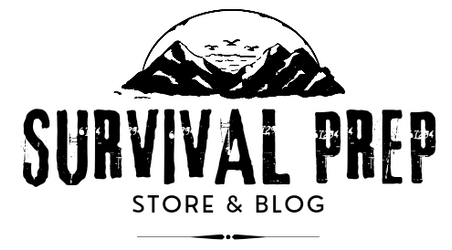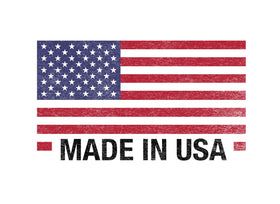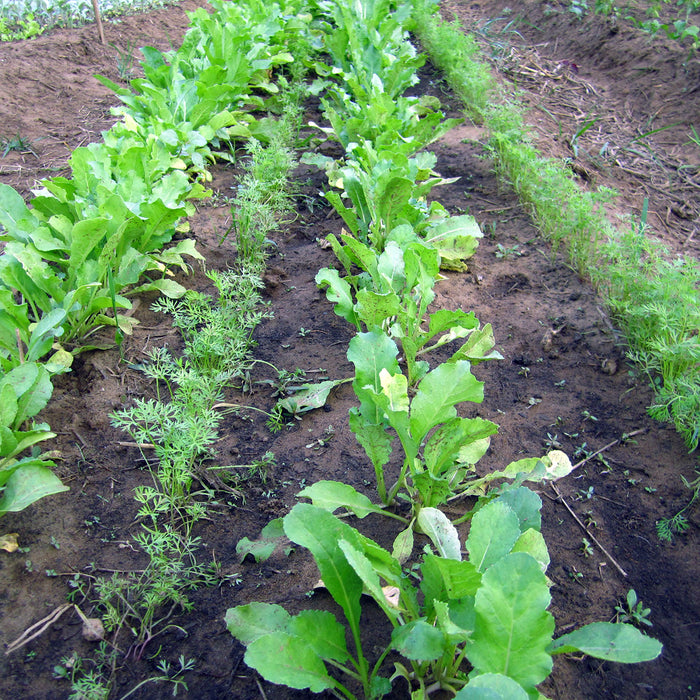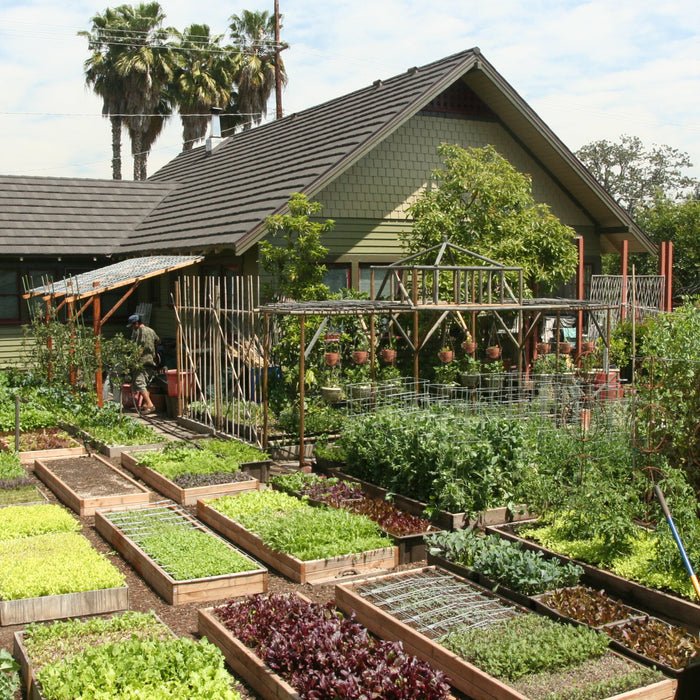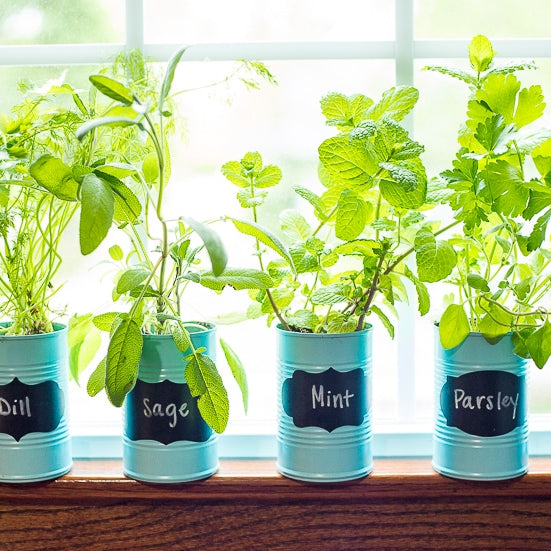
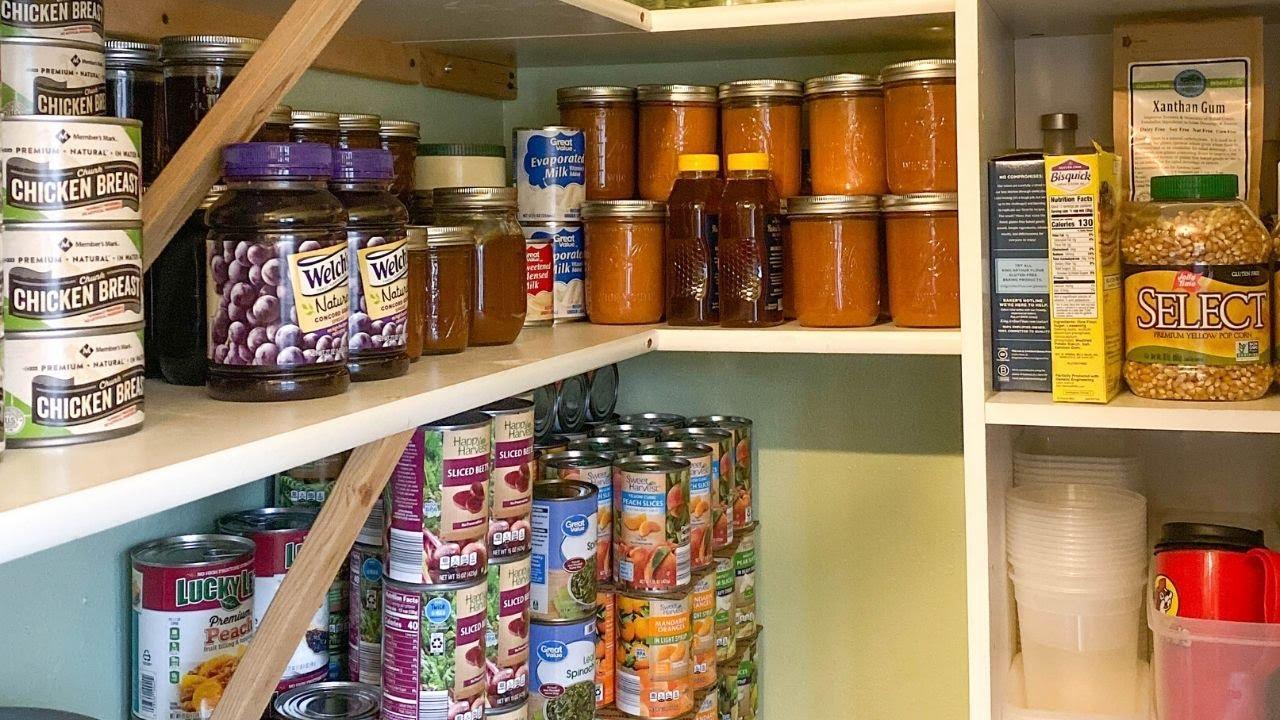
Prepping 101: How to Organize Your Prepper Supplies for Maximum Efficiency
When it comes to prepping, one of the most important aspects is organization. If you can't find what you need when SHTF, you'll be in big trouble. In this blog post, we will discuss how to organize your prepper supplies for maximum efficiency. We'll cover everything from bulk food storage to setting up a prepper storeroom. Follow our tips and you'll be ready for anything!
1. Start by sorting your supplies into categories based on usage
2. Create a system for labeling and organizing your supplies .
3. Store like items together to make them easy to find
4. Rotate your stock regularly to ensure that you always have fresh supplies
5. Use clear containers and bins to store your supplies so you can see what's inside
6. Make a plan for what you will do in the event of an emergency
Becoming a prepper is a serious commitment. It's not just about stockpiling cans of beans and cases of water - it's about being prepared for anything and everything. And that means having a plan for your supplies. So, how do you go about sorting your prepper supplies into categories? Here are a few tips:
- First, take stock of what you have. Make a list of all your supplies, including food, water, medical supplies, tools, and so on.
- Next, think about what you might need in an emergency situation. What would you need to survive? What would you need to rescue others?
- Finally, organize your supplies into different categories. This will make it easier to find what you need in a hurry. For example, you might want to create a 'food' category, a 'water' category, and a 'medical' category.
Organizing your prepper supplies into categories is an important step in being prepared for anything. By taking the time to do this now, you'll be able to act quickly and confidently in an emergency situation.
Some examples of categories include:
- Food - Categorizing your food: One way to do this is to categorize your food according to type. For example, you might have a section for non-perishable items like canned goods and dry goods, a section for perishable items like meat and dairy, and a section for drinks and other beverages. This way, you can easily grab what you need in an emergency situation. You should also consider organizing your food by the expiration date. That way, you can use up older items first and avoid having to throw out expired food. Finally, make sure to label everything clearly so that you can find what you need quickly in an emergency. By taking the time to organize your prepper food, you can be sure that you'll be prepared for whatever comes your way.
- Water : Storing water is important, but it can be a pain. Water is heavy, so you have to find a way to store it that won't break your back- or your pocketbook. The good news is that there are plenty of options for storing water long term, and with a little bit of planning, you can find the perfect solution for your needs. Once you buy water storage containers they can be labeled and stored in a closet, basement, or prepper store room.
- Medical supplies : How to organize medical supplies at home. Assemble a first-aid kit for each member of your family. Don't forget to include supplies for any pets. You should also have a supply of prescription medications on hand, as well as over-the-counter medicines for common ailments. If you have any special medical needs, make sure to include supplies for those as well. Keep all of your medical supplies in one place, so you can find them easily in an emergency. A good place to store them is in a closet or basement.

How do you categorize medical supplies?
- First, you'll want to gather all of the supplies you have. This includes everything from Band-Aids to prescription medications.
- Next, you'll want to think about what you might need in an emergency. What would you need to treat a serious injury? What would you need to care for a sick family member?
- Finally, you'll want to organize your supplies into different categories. This will make it easier to find what you need in a hurry. For example, you might want to create a 'first-aid' category, a 'medications' category, and a 'special needs' category.
Organizing your medical supplies into categories is an important step in being prepared for anything. By taking the time to do this now, you'll be able to act quickly and confidently in an emergency situation.
- Tools : Every prepper should have a basic set of tools on hand. This should include things like a hammer, screwdriver, and wrench. You might also want to consider adding a saw, axe, or other power tools to your collection. While you might not need these things every day, they could come in handy in an emergency situation. Keep your tools in a central location, such as a garage or shed. That way, you'll always know where they are when you need them.
- Clothing : In an emergency situation, you might have to evacuate your home quickly. That's why it's important to have a few changes of clothes on hand. Pack a bag with clothes for each member of your family, including shoes and outerwear. You should also pack a few extra sets of clothes, just in case. Store your clothing in a central location, such as a closet or dresser. That way, you can grab them quickly if you need to evacuate.

- Emergency supplies : In addition to food and water, there are other supplies you'll need in an emergency situation. This includes things like a flashlight, batteries, and a radio. You might also want to consider adding a first-aid kit, fire extinguisher, and whistle to your emergency supplies. Keep all of your emergency supplies in one place, such as a closet or basement. That way, you can find them easily in an emergency.
- Survival gear : In an emergency situation, you might have to rough it for a while. That's why it's important to have survival gear on hand. This includes things like a tent, sleeping bag, and camp stove. You might also want to consider adding a fishing kit, hunting gear, and tools to your survival gear.
The nuts and bolts of organization and standardization, 5s…or 6s
One of the best approaches to organizing a workspace is using 5S. This is a tool, methodology, and culture that helps workers create a sustainable organization in their workplace for improved effectiveness. The method comes from Japan, with five Japanese words starting with s, now Anglicized:
- Sort – Determine what you have and need. Identify what you don’t need.
- Set in order – Create a place for everything you need and put everything in its place. Remove what you don’t need.
- Shine – Clean the area thoroughly and use deviations from cleanliness to identify any developing problems. Develop a cleaning SOP.
- Standardize – Provide tools, rules, markings, and other requirements to make the first three items permanent.
- Sustain – Put management processes in place to be sure this work doesn’t decline over time.
- Safety (a bonus sixth s) – Build child safety and ergonomics into the storage organization.
If possible, the “sort” step should involve pulling everything out of storage and putting back in only the things that are needed.
How to organize your prepper pantry
- Maximize vertical wall space. Keep things off the floor. Any item put on the floor is susceptible to damage from floor cleaning or spills. In addition, a box on the floor is a flat surface that invites “stuff” to be put on top of it.
- Use adjustable wall organizers, preferably see-through. This might be wire shelving or varying size open bins. Renovating all storage areas in this category to provide the same shelving will likely require some expense, but relatively small compared to the expected benefits.
- Determine the best supply locations for ease of use. Put the most-used items at eye or hand level. Allocate more space for more frequently used items to avoid frequent trips to central storage. Allocate more space for big items, less space for small items.
- Put like supplies together. Define an overall color-coding scheme to group similar types of supplies.
- Affix sturdy but removable labels. In an emergency you should be able to quickly see where the needed supply is. The label must be easily changed if supply item locations are changed.
- For safety and ergonomics, put heavier items on the mid to bottom shelves.
- Utilize first in, first out supplies management, i.e., during restocking, new supplies are put at the back or bottom of the specific storage location.
- Take photos of the optimal setup and post as reference, possibly on the inside of the door. Also keep an up-to-date printout of storage locations. This could tie to an automated inventory management system.
By following these simple tips, you can be sure that your prepper supplies are organized and ready to go. So when the time comes, you'll be prepared for anything. Thanks for reading!
Do you have any tips for organizing prepper supplies? Share them in the comments below!
"Keyword"
"how to organize a prepper pantry"
"prepper storage ideas"
"prepper pantry list"
"how to organize your pantry"
"prepping ideas"
"long term food storage ideas"
"prepper pantry organization"
"prepper pantry ideas"
"prepper pantry ideas"
"prepper pantry 2022"
"prepper pantry list"
"prepper pantry list pdf"
"prepper pantry list printable"
"prepper pantry spreadsheet"
"starting a prepper pantry"
"prepper pantry pictures"
"prepper pantry list"
"prepper pantry ideas"
"prepper pantry 2022"
"prepper pantry list pdf"
"starting a prepper pantry"
"prepper pantry spreadsheet"
Recommended Posts
- How to Build a Bug Out Bag for Kids: Tips and Tricks
- 10 Survival Skills Every Kid Should Know
- Food prices are about to skyrocket even more; Prepare for a 'famine,' followed by housing crash, then equities wipeout - Michael Gayed
- South Threatened by Severe Weather After Texas Tornado Disaster: How to Prepare.
- The Ultimate Guide to Radiation Water Filters: How They Work
